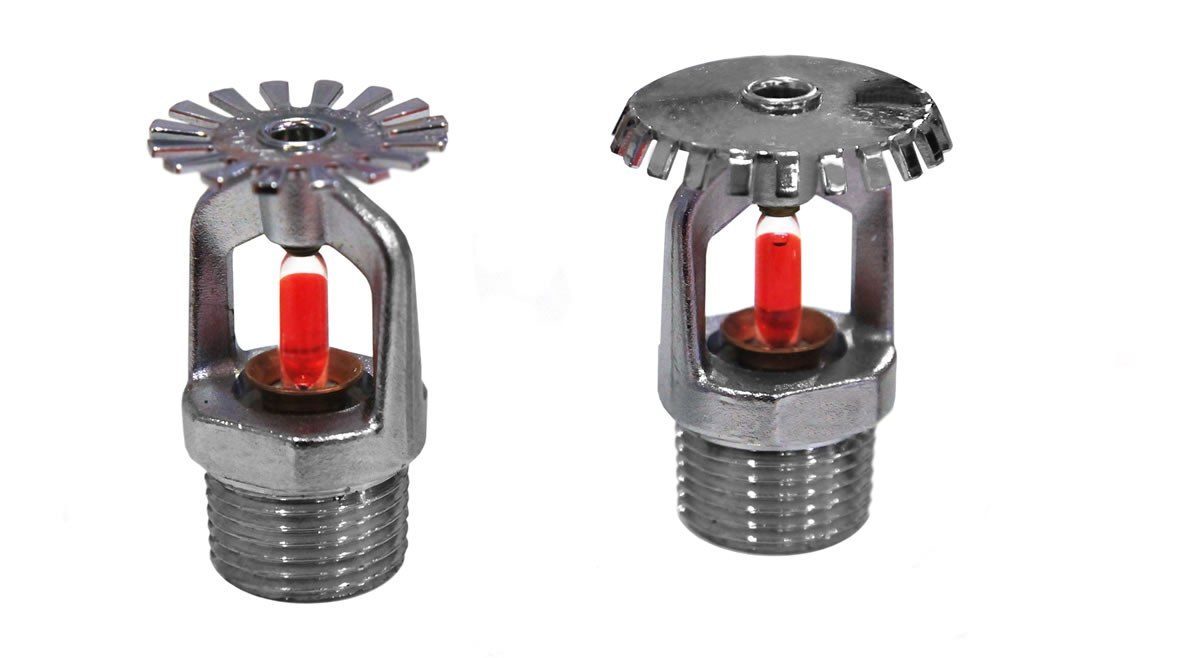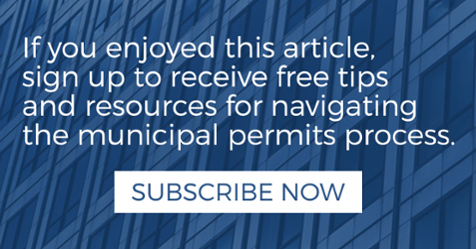If you have questions about Temporary Core Sprinkler Protection (TCSP) and when it’s required for construction and alteration projects, you’re not alone. We frequently receive inquiries on this subject. Previous newsletter articles have highlighted Department of Buildings (DOB) Bulletin 2012-09.
Equally useful is the Fire Department City of New York (FDNY) Technology Management Bulletin 05-2013, Planned Impairment of Sprinklers & Standpipes: Filing Procedures at FDNY, which explains the mandatory procedures applicable whenever a sprinkler or standpipe is impaired.
FDNY defines “impairment” as any fire protection system (sprinkler, standpipe, fire alarm, etc.) that is not fully functional. FDNY has strict rules governing the impairment of fire protection systems, and if these rules are not followed to the letter, the result could be a commissioner’s order to vacate the entire premises.
Strict, but Straightforward
Fortunately, FDNY’s procedures are relatively straightforward, designed to ensure the safety of all occupants—including construction workers and responding firefighters—during this time of fire protection impairment.
While the DOB bulletin exclusively details sprinkler disconnection, the FDNY bulletin outlines both sprinkler and standpipe impairments, as both are essential to fire protection. For this reason, sprinklers and standpipes are frequently combined into one system. Any time one of these systems is impaired, the building owner must notify the FDNY in writing of several items:
- Dates and duration of impairment
- Notification of building occupants, the central monitoring station, and the insurance carrier regarding the impairment
- Temporary fire protection measures to be used, which may involve either a TCSP loop and/or a fire watch by certified fire guards
The Letter of Notification (LoN) from the building owner must be noted on the floor plans and a copy sent to DOB before permit issuance.
Additionally, if the scope of work for any sprinkler system involves more than five contiguous floors, DOB requires a Letter of No Objection (LNO) from the FDNY—not to be confused with the above Letter of Notification. This letter confirms in writing that the FDNY has no objection to the work as long as all applicable codes, rules and laws are followed.
Based on the scope of work, additional safeguards, specific to the particular job, may be called for in the LNO. Once the FDNY issues the LNO, it must be uploaded to DOB virtual job folder.
If you have additional questions regarding Temporary Core Sprinkler Protection, contact Milrose Consultants.








